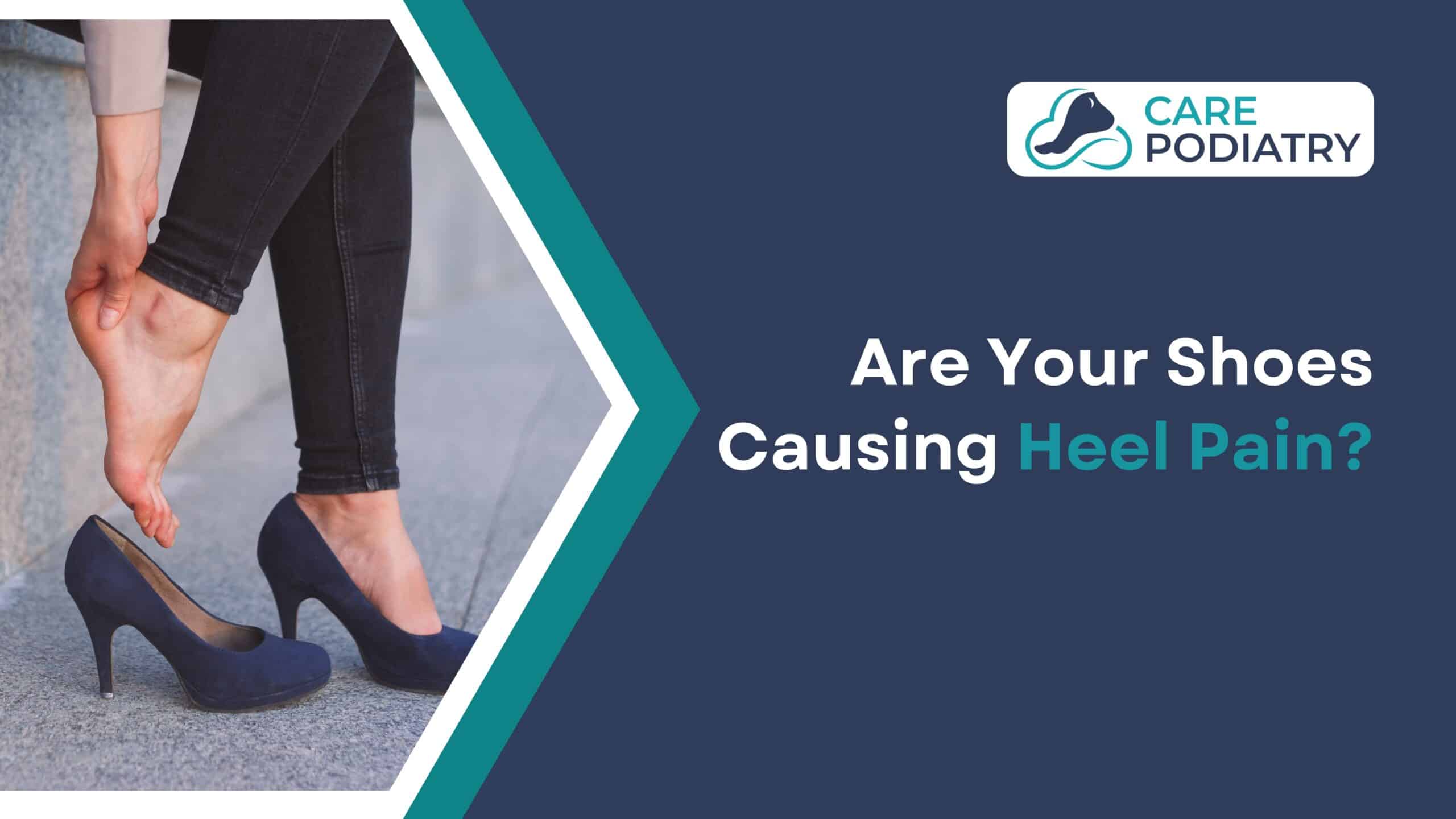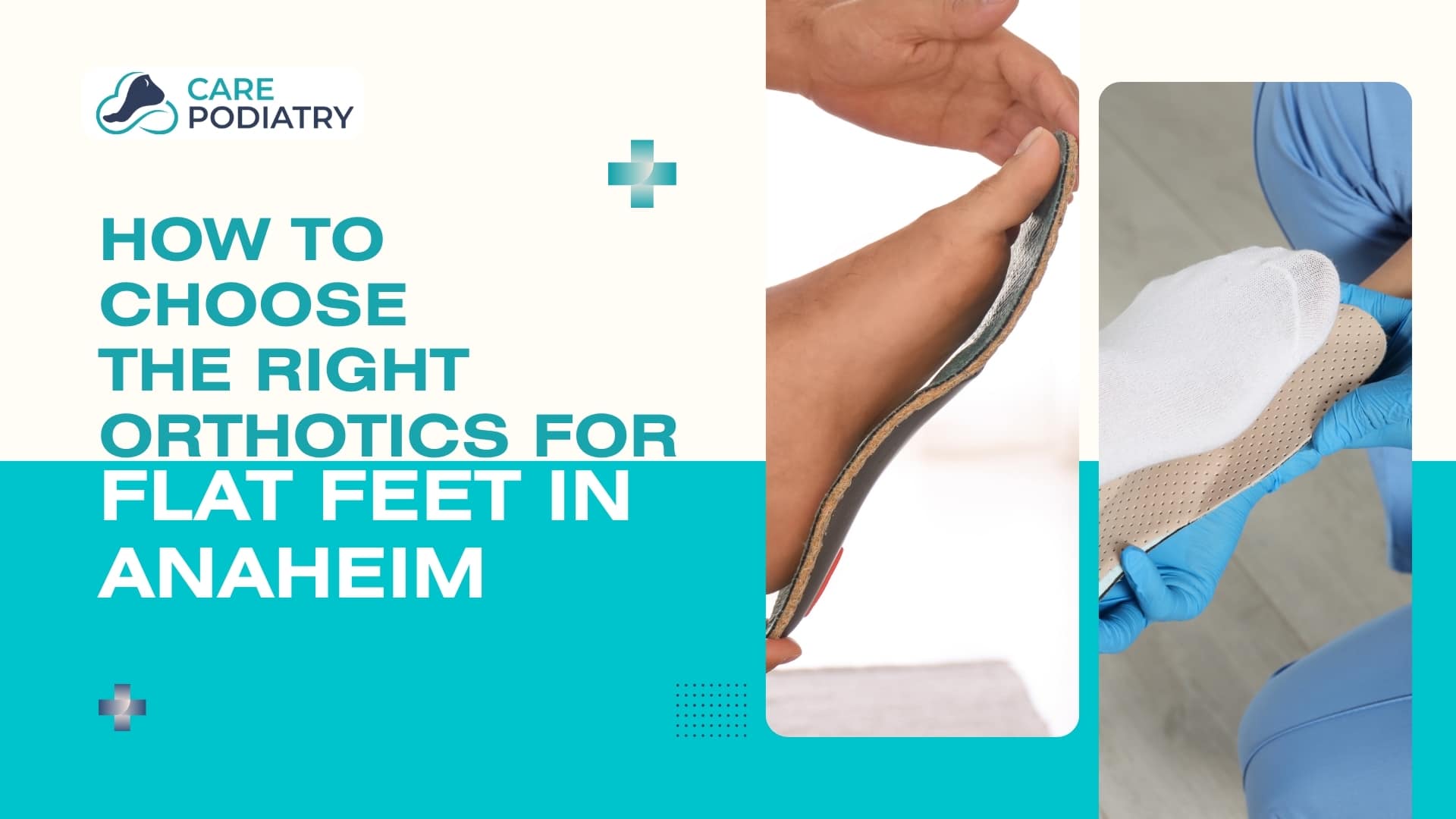Heel pain can make every step feel like a struggle. Whether you’re walking around the house or running errands, sharp or dull pain in your heel can slow you down. Although there are numerous reasons for heel discomfort, your shoes are among the most frequent and most disregarded causes.
Let’s take a closer look at how your footwear might be behind your discomfort and what you can do about it.
How Shoes Affect Heel Health
The construction of your shoes influences their manner and the pressure absorption by the feet. The plantar fascia, the band of connective tissue that runs across the sole, the Achilles tendon, and the heel bone (calcaneus) can all be stressed by wearing poor-quality or inappropriate footwear.
When these structures are stretched multiple times, they may lead to such conditions as:
- Plantar fasciitis
- Achilles tendinitis
- Heel spurs
- Stress fractures
You will not feel anything initially. However, inflammation and chronic pain may occur over time if your footwear does not suit your feet.
Warning Signs Your Shoes Are to Blame
Your shoes might be contributing to your heel pain if:
- They’re worn out, especially at the heel or arch.
- You feel better walking barefoot or in other shoes.
- The heel is too flat or too high.
- Your foot slides around inside the shoe.
- They offer no arch support.
If any of these sound familiar, it’s time to rethink your footwear choices.
Shoes Most Likely to Cause Heel Pain
Not every shoe is the same. They may even cause your heel pain to increase. Whether it is the absence of support or insufficient cushioning, here are the kinds of shoes to look out for.
1. Flip-Flops and Flat Sandals
They offer no arch or heel support, causing the foot to overstretch.
2. High Heels
They put your foot in an unnatural position, increasing pressure on the heel and arch.
3. Old Running Shoes
Even good shoes lose support over time. Running shoes typically need replacing every 300–500 miles.
4. Minimalist or Barefoot Shoes
While trendy, they don’t offer protection or cushioning for the heel.
5. Fashion Sneakers
They may look good, but often lack the structure your feet need for long-term support.
What Should You Wear Instead?
To protect your heels and promote better foot health, consider shoes with the following features:
- Good Arch Support: Prevents the plantar fascia from overstretching.
- Cushioned Heel: Absorbs shock and reduces pressure.
- Firm Heel Counter: Keeps the heel in place to avoid overpronation.
- Roomy Toe Box: Prevents pinching and allows natural movement.
- Non-Slip Sole: Improves grip and reduces the chance of injuries.
In order to get a better fit, always try on shoes at the end of the day when your feet are a little swollen.
Simple Foot Habits to Reduce Heel Pain
Besides changing your footwear, adopting a few daily habits can reduce heel strain:
Stretch Your Feet and Calves
Tight muscles can pull on the heel and cause inflammation.
Use Custom Orthotics
Custom insoles from a podiatrist can correct your foot alignment and relieve heel pressure.
Avoid Walking Barefoot on Hard Surfaces
Hard floors can make heel pain worse. Always wear supportive footwear indoors.
Rotate Your Shoes
Don’t wear the same pair every day. Give them time to air out and recover their shape.
Watch Your Weight
Excess body weight puts more pressure on your heels. Maintaining a healthy weight can help.
When to See a Podiatrist
If your heel pain doesn’t improve after changing shoes and trying basic home care, it’s time to see a specialist. At Care Podiatry, we can determine the root cause of your heel pain and provide a treatment plan designed just for you.
Our services include:
- Foot and ankle exams
- Gait analysis
- Custom orthotics
- Plantar fasciitis treatment
- Heel spur therapy
- Physical therapy referrals
- Surgical intervention (if needed)
Quick Checklist: Are Your Shoes the Problem?
Ask yourself these questions:
- Do your heels hurt after wearing certain shoes?
- Are your shoes more than a year old?
- Do your shoes feel flat or hard at the bottom?
- Are you constantly adjusting your shoes while walking?
- Do you avoid walking or exercising because of heel pain?
If you answered “yes” to one or more, your shoes could be the issue.
Get Back to Comfortable Steps
Heel pain doesn’t have to be your norm. Simply changing your shoes—and knowing what to look for—can make a world of difference. But if pain persists, it’s time to take action.
At Care Podiatry, our team is ready to help you find the cause of your heel pain and treat it effectively. We serve patients in Cerritos and Lakewood, California, offering expert care for foot and ankle conditions of all kinds.
Book your consultation today, and let’s get you walking pain-free again—because every step should feel good.
Frequently Asked Questions
Can my shoes cause heel pain?
Yes, poorly fitting or unsupportive shoes can cause heel pain by putting extra pressure on your heel. Lack of cushioning, improper arch support, or worn-out soles often contribute to discomfort and inflammation like plantar fasciitis.
How do I stop my shoes from hurting my heel?
Choose shoes with proper heel cushioning and arch support. Use padded insoles or heel cups to reduce pressure. Make sure your shoes fit well—not too tight or loose—and avoid high heels or flat, unsupportive soles during daily use.
How to treat heel pain from shoes?
Rest your feet, apply ice, and use over-the-counter anti-inflammatories if needed. Switch to supportive footwear, add cushioned insoles, and stretch your calves and feet daily. If pain persists, consult a podiatrist for custom orthotics or further evaluation.
Can walking reduce heel pain?
Walking can help in mild cases by increasing circulation and flexibility, but overdoing it may worsen symptoms. Wear supportive shoes and avoid walking barefoot. If walking increases pain, rest and seek advice from a foot specialist.
What shoes are good for heel pain?
Look for shoes with good arch support, firm heel counters, cushioned soles, and shock absorption. Brands like Brooks, ASICS, or New Balance offer orthopedic-friendly options. Custom orthotics can also improve support and comfort for chronic heel pain.



